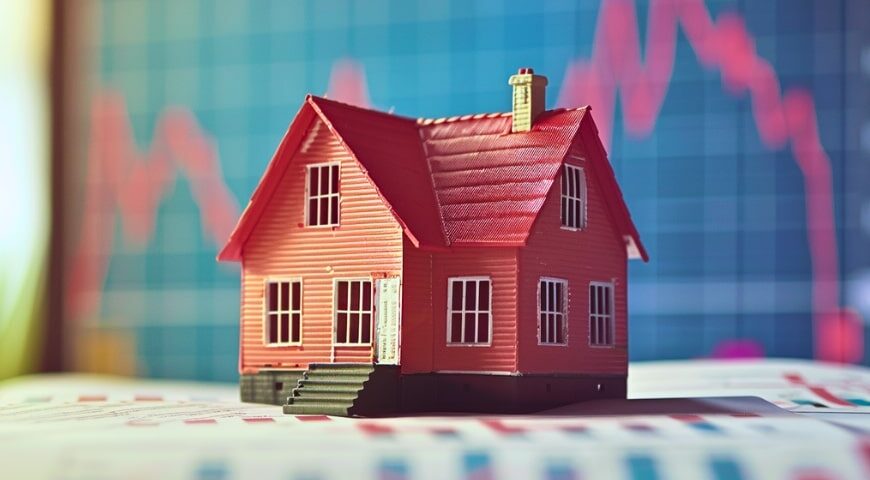
With interest rates climbing, you might wonder about mortgage rate historical data. Why are mortgage rates what they are, and how did we get here?
The recent surge in inflation has propelled mortgage rates to their highest levels in over two decades. That is because the Federal Reserve increased interest rates to combat inflation. The current 30-year fixed-rate mortgage is 6.88%. This significant increase is more than double the rates seen in 2020 and 2021.
Current rates may seem high to many buyers. However, a deeper examination reveals that mortgage rates may not be as high as they first appear. This post will explore how today’s rates fit with historical mortgage data.
Providing Context With Mortgage Rate Historical Data
Historical Perspective
Richard Ross, CEO of Quinn Residences, sheds light on the historical context of mortgage rates. He notes that the 30-year fixed-rate mortgage has historically hovered around 7%. This figure closely aligns with today’s rates. Moreover, compared to the double-digit rates of the 1980s, today’s rates appear relatively modest.
Comparative Analysis
A comparative analysis further underscores the historical fluctuations in mortgage rates. In October 1981, the highest 30-year mortgage rate soared to a staggering 18.63%. Meanwhile, in January 2021, it plummeted to a record low of 2.65%. Even mortgages from just a few decades ago, such as in 1985, often exceeded 13%, dwarfing today’s rates.
Recency Bias
It’s crucial to acknowledge recency bias when assessing current rates. Before the pandemic, rates remained near historical lows for over two decades. Many attribute those low rates to global economic conditions and technological advancements. However, the pandemic and geopolitical conflicts disrupted global supply chains, leading to inflation. The Federal Reserve responded to this inflation by increasing interest rates.
Realistic Expectations
Shmuel Shayowitz, president of Approved Funding, emphasizes the importance of adjusting expectations. While there’s optimism that rates may decrease, a return to pre-pandemic lows is unlikely. Jamison Manwaring, CEO of Neighborhood Ventures, predicts rates settling in the high 5s to low 6s. This prediction was barring significant economic changes.
While there’s anticipation of rate drops, viewing mortgage rates within a broader historical context is essential. For prospective homebuyers, waiting for rates to plummet might not be the wisest strategy. Acting now could offer certainty amidst shifting market conditions.
Understanding the historical trajectory of mortgage rates provides a valuable perspective for current homebuyers and those considering refinancing. While rates may fluctuate, recognizing their historical norms can guide informed decision-making in today’s real estate market.
For more information or help with real estate services, contact Emily Hawkins at 206-669-6902. Follow us on Instagram for more updates!



